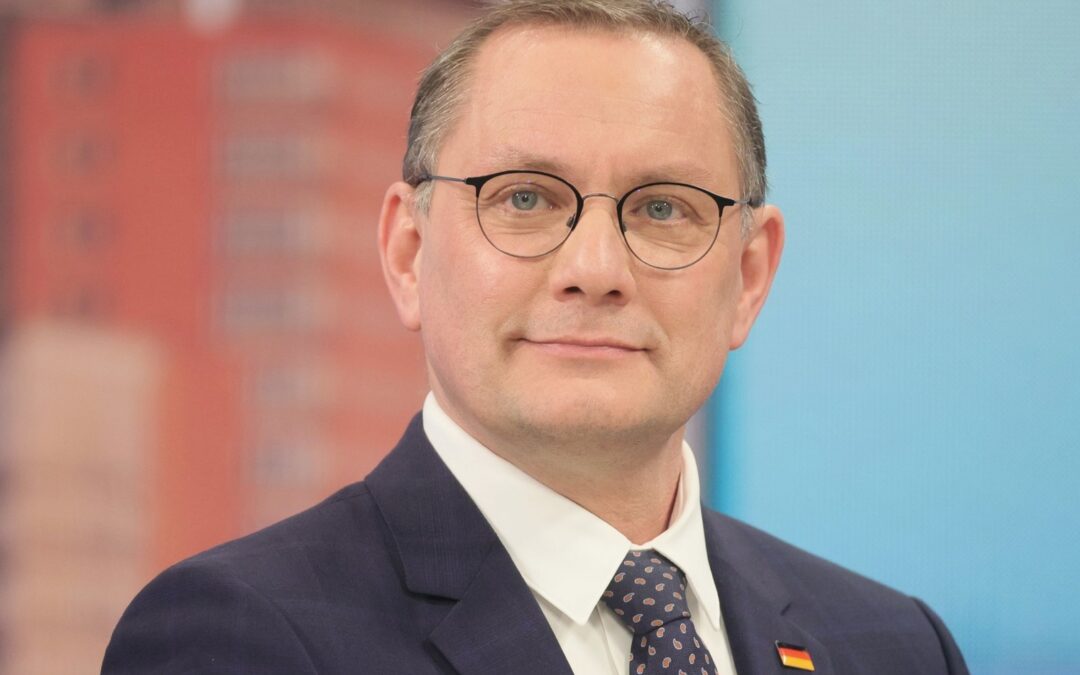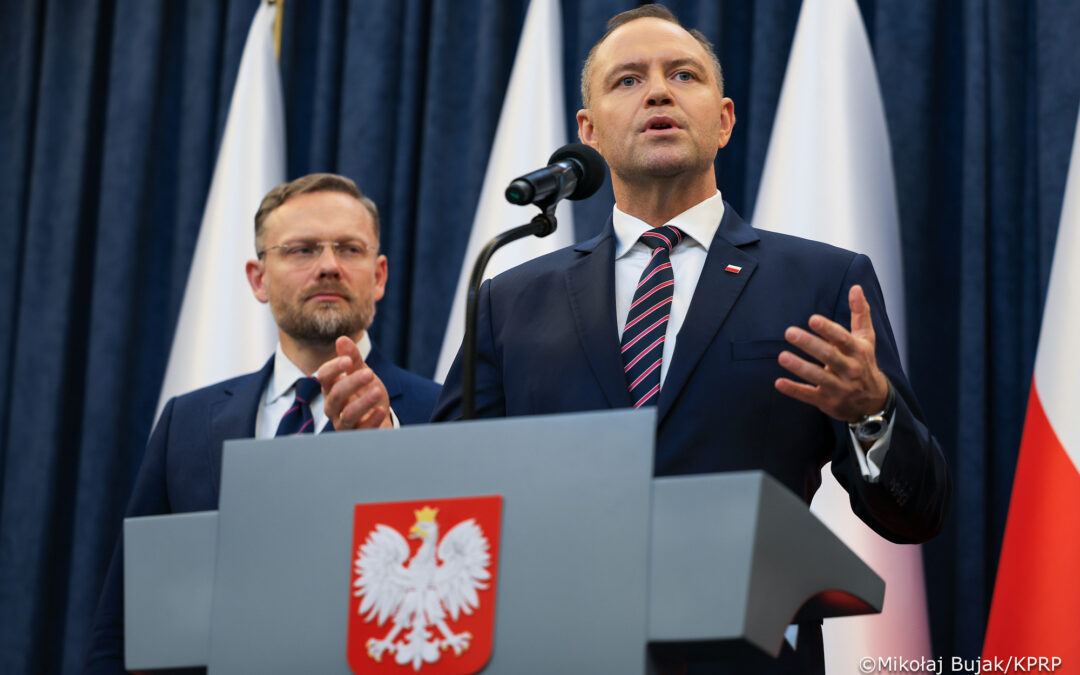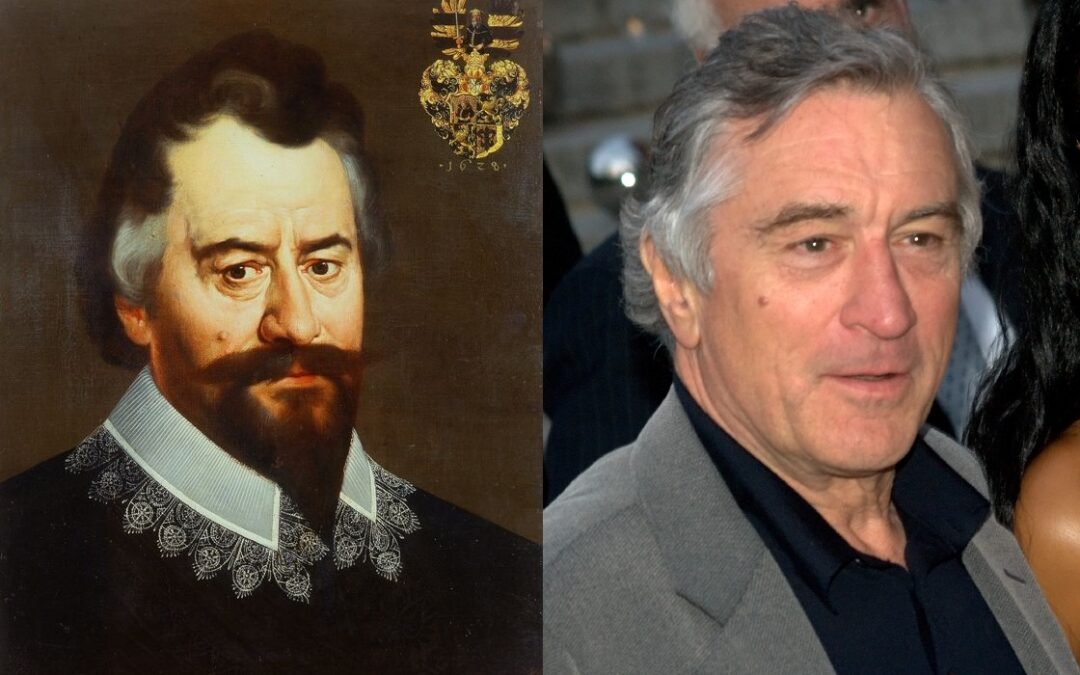By Magdalena Kozela
At a time when the coronavirus epidemic is rampant in the world, hopes rest on the research teams working on a vaccine against COVID-19. In these extraordinary times, Saturday marks the seventh anniversary of the death of a man whose discovery 60 years ago of the world’s first vaccination against infantile paralysis (also known as Heine-Medin disease, poliomyelitis, and most commonly polio) contributed to radically limiting the epidemic of the disease.
Emigration: from music to medicine
Hilary Koprowski was born in 1916 in Warsaw, where he graduated in medicine from Józef Piłsudski University in 1939. He then left to study music at Accademia Nazionale di Santa Cecilia. He would never return to Poland.
Soon after his arrival in Italy, war broke out and Koprowski left first for England, and then for France. Nazi Germany’s offensive in Europe led him to flee to Brazil. “I was driven and hastened by the fear of falling into German hands,” he said later, explaining his decision. “If I had not been a Jew, condemned to a concentration camp, I would have returned to Warsaw.”
In South America, Koprowski first concentrated on music, giving lessons and concerts. He returned to medicine by chance. Persuaded by a friend from Poland, he took up work in a research institute dealing with innovative studies on yellow fever viruses and other types of encephalitis. He later admitted that he scarcely believed in the existence of viruses. But the world he was entering would soon become his fascination.
Koprowski was part of the team whose studies on yellow fever ultimately resulted in development of a vaccine. After four years’ experience at the Rockefeller Yellow Fever Research Service in Brazil, he began working at the Lederle Laboratories pharmaceutical company in Pearl River, New York. He later moved to Philadelphia, where he worked at the Wistar Institute and lived until the end of his life.
USA, 1940s and 1950s: a rat brain cocktail
By the 1940s, the United States, like almost the whole world, was struggling with a major polio outbreak. The incidence rate was climbing steadily. Polio was indiscriminate – even President Franklin Delano Roosevelt suffered from it. Fighting the disease became a national priority.
In January 1948, at Lederle Laboratories, 32-year-old Polish immigrant Hilary Koprowski drank a substance he had prepared containing an attenuated “live” polio virus. This would become the first live polio vaccine in the world.
“The technician and I drank the first vaccine, but to be fair, we had antibodies,” Koprowski later recalled. “But we wanted to check to see if the vaccine didn’t have any side effects.”
Inspired by the working methods on the yellow fever virus pioneered by Max Theiler (the 1951 Nobel Prize winner), Koprowski found an animal which, after infection with the poliovirus, did not become ill and in which the virus proliferating in its organism was weakened. It was a cotton rat. He took parts of the brains of infected rats and injected them into other animals of the same species. Continued repetition of this cycle resulted in a much less pathogenic virus, which was called attenuated.
It was this suspension of the brain of the infected rat that was in the vial that Koprowski drank. A year later, the vaccine was given to a child, who then was found to produce antibodies. Next the vaccine was administered to 20 children, who also generated antibodies protecting themselves against infection.
In January 1952, the American Journal of Hygiene published a paper by Koprowski, Jervis and Norton on “Immune Responses in Volunteers Upon Oral Administration of a Rodent Adapted Strain of Poliomyelitis Virus”. The first vaccinations of entire populations took place in 1958 in the Belgian Congo.
Poland, 1950s: bringing it home
In 1951, the first polio epidemic broke out in Poland. More than 3,000 people were infected, 252 of whom died. In the following years, cases amassed in their thousands. There was widespread alarm around an illness with no effective medication.
It attacked the central nervous system, with symptoms including increasing paralysis in the first stage, accompanied by fever. These paralyses were usually permanent. Although the disease had a relatively low mortality rate, very many children remained permanently disabled.
In 1959 there were some 6,090 new infections. But then, 9 million polio vaccinations arrive in Poland. This was the doing of Koprowski, who cooperated with Feliks Przesmycki, the director of the National Hygiene Institute in Warsaw, to begin the implementation of mass immunity in Poland. The easy, oral administration of the vaccine meant that it could be implemented relatively fast on a mass scale.
The results were almost instantaneous. Although the vaccination programme only began in late 1959, the number of cases the following year was just over 1,000. In 1963 the coverage level among children aged three and under reached 99%, and the number of new cases fell to 30. By maintaining a high level of vaccination, infection rates continued to fall. The last case of polio in Poland, caused by a wild strain of the virus, was recorded in 1984.
Ultimately, Hilary Koprowski’s vaccine did not enter mass production. Instead, Albert Sabin’s live (attenuated) vaccine and Jonas Salk’s killed (inactivated) version, developed slightly later by American virologists, entered general use.
Why was this? Years later, Koprowski would blame political concerns. As an employee of a private pharmaceutical firm, he did not obtain public money for his research. Both Salk and Sabin, on the other hand, received funds for conducting their own research from the National Foundation for Infantile Paralysis. The perception was therefore that the vaccines they had developed were akin to public property, and it was these vaccines that then entered mass production.
Poland remained close to Koprowski’s heart. In his 34 years heading the Wistar Institute, an estimated 80 Polish scientists completed long-term residences there. In 1989 he set up a foundation supporting Polish-American research cooperation. He was awarded a Commander’s Cross with Star and a Grand Cross of the Order of Polonia Restituta, before his death in 2013.
Poland, April 2020: coronavirus pandemic
Today the world holds its breath as it counts the escalating number of infections and deaths from COVID-19. The virus is spreading quickly among a non-immune population. In just a few months, it has marched across all corners of the world.
The conclusion is as clear as day: an unvaccinated population is a vulnerable population. The growing number of people infected with the SARS-CoV-2 virus and dead from COVID-2019 is a stark reminder of the inestimable benefits of access to effective vaccinations and application of the strategy of immunising an entire population.
The diseases for which vaccines are available are less prevalent, or almost non-existent, as vaccinations mean that there are no vulnerable people in the population. However, in Poland, as elsewhere, the activity of anti-vaccination movements has led to a dramatic increase in the number of parents refusing to inoculate their children against diseases for which vaccines are available – including polio. In 2008 there were 3,000 refusals. By 2019, there were more than 48,000.
New infectious diseases appear from time to time, and probably will continue to do so. Developing effective vaccines against them is a challenge for contemporary immunologists. The challenge for us, for now, is to stay at home. Later, it will be to take full and conscious advantage of the accomplishments of previous generations – people like Hilary Koprowski – and do everything we can to avoid again becoming a vulnerable population.
Translated by Ben Koschalka
Main image credit: Narodowe Archiwum Cyfrowe





















